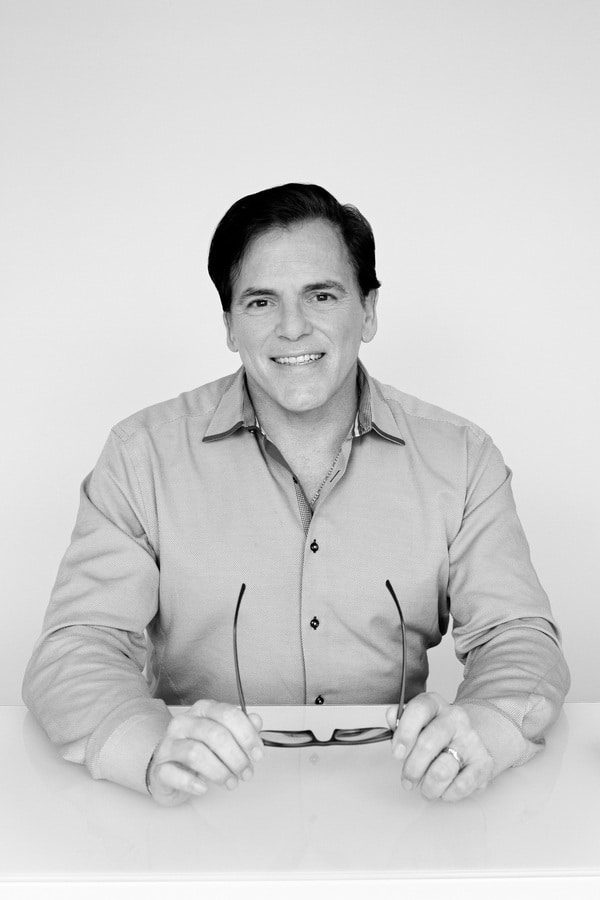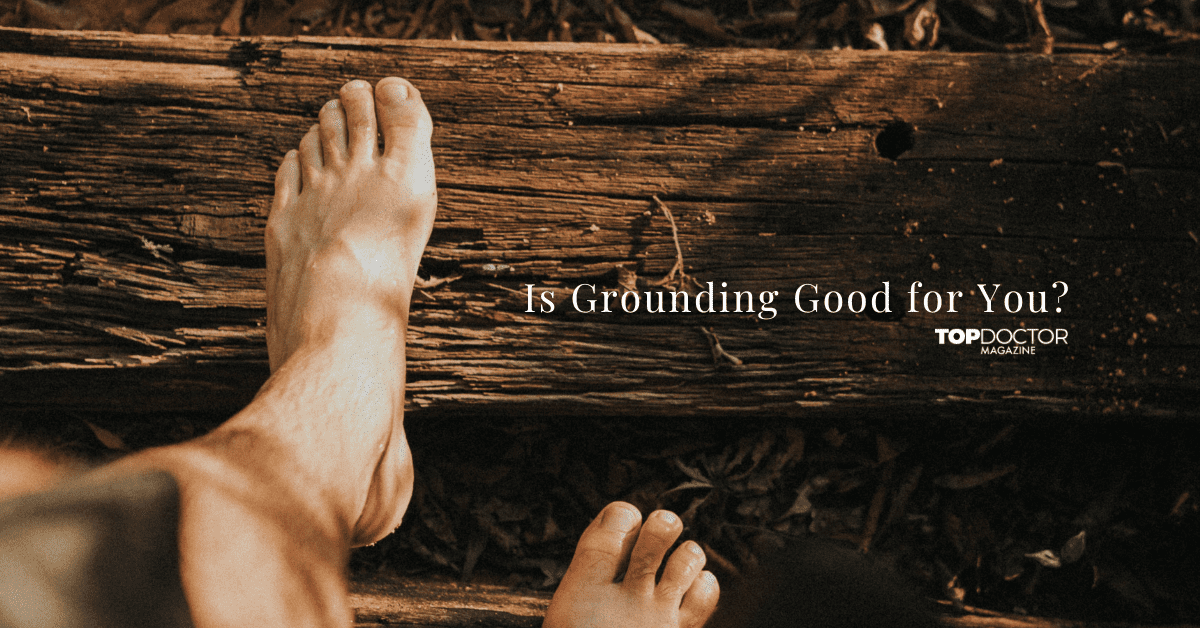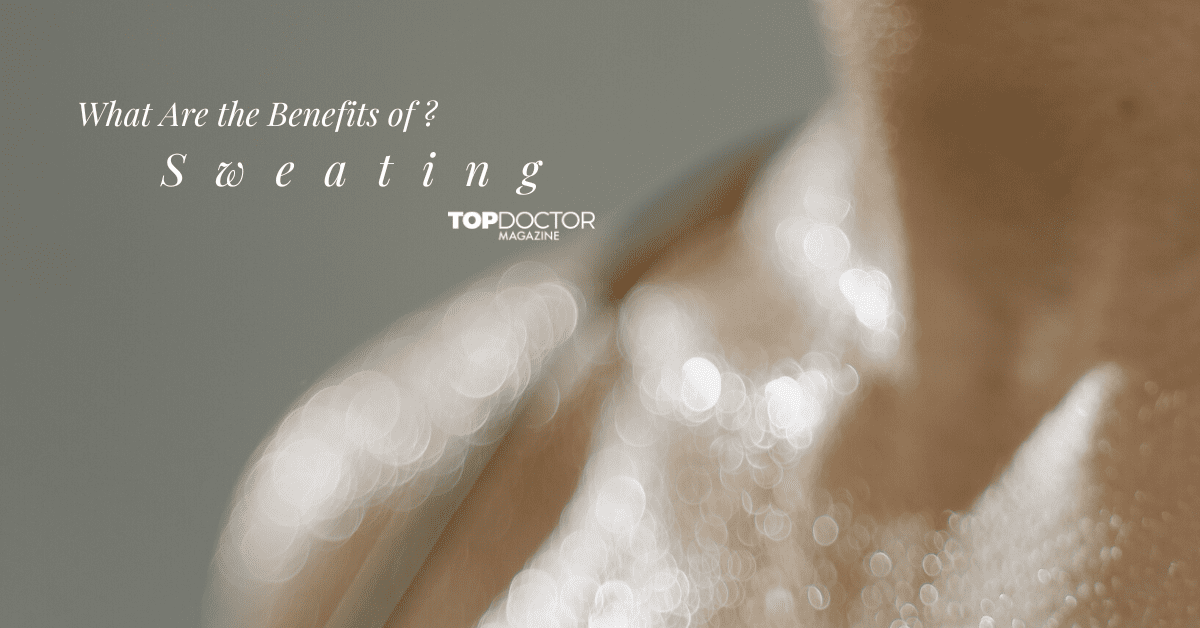As the leaves turn red and the wind grows colder, many of us look forward to the holiday season. But for some of us, the colder weather turns the end-of-year festivities into a time of isolation or depression. This condition is called Seasonal Affective Disorder, where the change in season causes a change in mood for the worse.
Seasonal Affective Disorder does not have to ruin every holiday season. Making lifestyle changes to combat the causes of seasonal affective disorder could help you improve your mood and rediscover your holiday cheer.
What Is Seasonal Affective Disorder?
Seasonal Affective Disorder (SAD), also called seasonal depression, is similar to other forms of depression in that it affects your daily life and negatively impacts your mood. What makes it different from other forms of depression is that Seasonal Affective Disorder is triggered by the change in weather between seasons, especially at the start of fall.
Seasonal Affective Disorder Causes
As summer transitions to fall, the sun starts setting earlier and the weather gets colder, causing people to stay indoors more. These factors reduce exposure to daylight, disrupting the body’s natural systems for controlling mood and causing seasonal depression. Less daylight interferes with your circadian rhythm and your body’s production of serotonin and melatonin, worsening your sleep schedule and mood.
Seasonal Affective Disorder Symptoms
Seasonal Affective Disorder has a lot of overlap with the symptoms of depression. Common mood symptoms of seasonal depression include:
- Anxiety.
- Sadness.
- Feelings of worthlessness or irritation.
- Thoughts of death or suicide.
Physical symptoms of seasonal depression include:
- Extreme fatigue.
- Heavy limbs.
- Diet changes such as carbohydrate cravings.
- Weight gain.
Who Is Most Likely To Get Seasonal Affective Disorder?
Several risk factors increase your likelihood of experiencing Seasonal Affective Disorder. A family history of seasonal depression, having preexisting symptoms of depression, living far from the equator and having low vitamin D levels increase your risk of SAD.
If you do experience Seasonal Affective Disorder, you are far from alone. SAD affects 10 million Americans. The condition most commonly starts in the age range of 18 to 35 and is four times more common in women than men.
How Do I Know if I Have Seasonal Affective Disorder?
Ruling out alternative causes of depression is the most straightforward way to tell if you have Seasonal Affective Disorder. Some essential questions to ask yourself to determine if you have SAD are:
- Whether you have the symptoms of major depression or not.
- Whether the symptoms have occurred during a particular season for at least two consecutive years or not.
If the answers to those questions are yes, you may be dealing with SAD.
How Do You Treat Seasonal Affective Disorder?
You don’t necessarily need to go to a doctor or start an exhaustive medication regime to treat your SAD.
Vitamin D for Seasonal Depression
Vitamin D is a common over-the-counter treatment method for Seasonal Affective Disorder. There is some evidence from patients who tested low in vitamin D that supplements helped alleviate their symptoms. However, the effectiveness of vitamin D in treating seasonal depression is not proven by experts.
Light Therapy for Seasonal Affective Disorder
Light therapy treats seasonal depression by providing more light to the patient, usually with a box emitting light that mimics the light in the sky shortly after sunrise. By emitting this light, the box exposes you to the light you would normally experience during warmer months, all while eliminating any risks of skin cancer or sunburns from the harsh UV light emitted by the sun. This form of treatment is the most effective and studied treatment for seasonal affective disorder.
Exercise for Seasonal Affective Disorder
Exercise is an effective way to boost your mood and combat any form of depression, seasonal or otherwise. While exercising, your body releases endorphins, improving your body’s mood and reducing pain. Exercise can also help boost your metabolism, raise self-esteem, reduce anxiety and improve your sleep to make you feel healthier overall.
Keep a Healthy Sleep Schedule
Keeping a regular sleep schedule is a critical part of fighting seasonal depression. Sleeping too much can compound any symptoms of depression. Try to go to sleep and wake up at the same time to establish a regular schedule.
When Should You See a Specialist?
Certain instances of Seasonal Affective Disorder call for a visit to a specialist. Some complications of SAD include:
- Social withdrawal.
- Work or school problems.
- Substance abuse.
- Anxiety.
- Eating disorders.
- Suicidal thoughts.
Another reason to see your doctor is if one of the above mentioned treatments does not work for you. In that case, it may be worth talking to your doctor about using antidepressants. Be sure to clear antidepressant usage with a specialist beforehand.
Seasonal Affective Disorder Is a Real and Serious Condition
Just because the weather gets colder doesn’t mean your mood has to get darker! Seasonal Affective Disorder is a serious condition that can dampen even the brightest holiday spirits. You can treat SAD by addressing the underlying causes and developing healthy habits. Expose yourself to as much light as possible, exercise regularly and maintain a healthy sleep schedule to limit the symptoms of Seasonal Affective Disorder and reclaim your holiday joy!






0 Comments